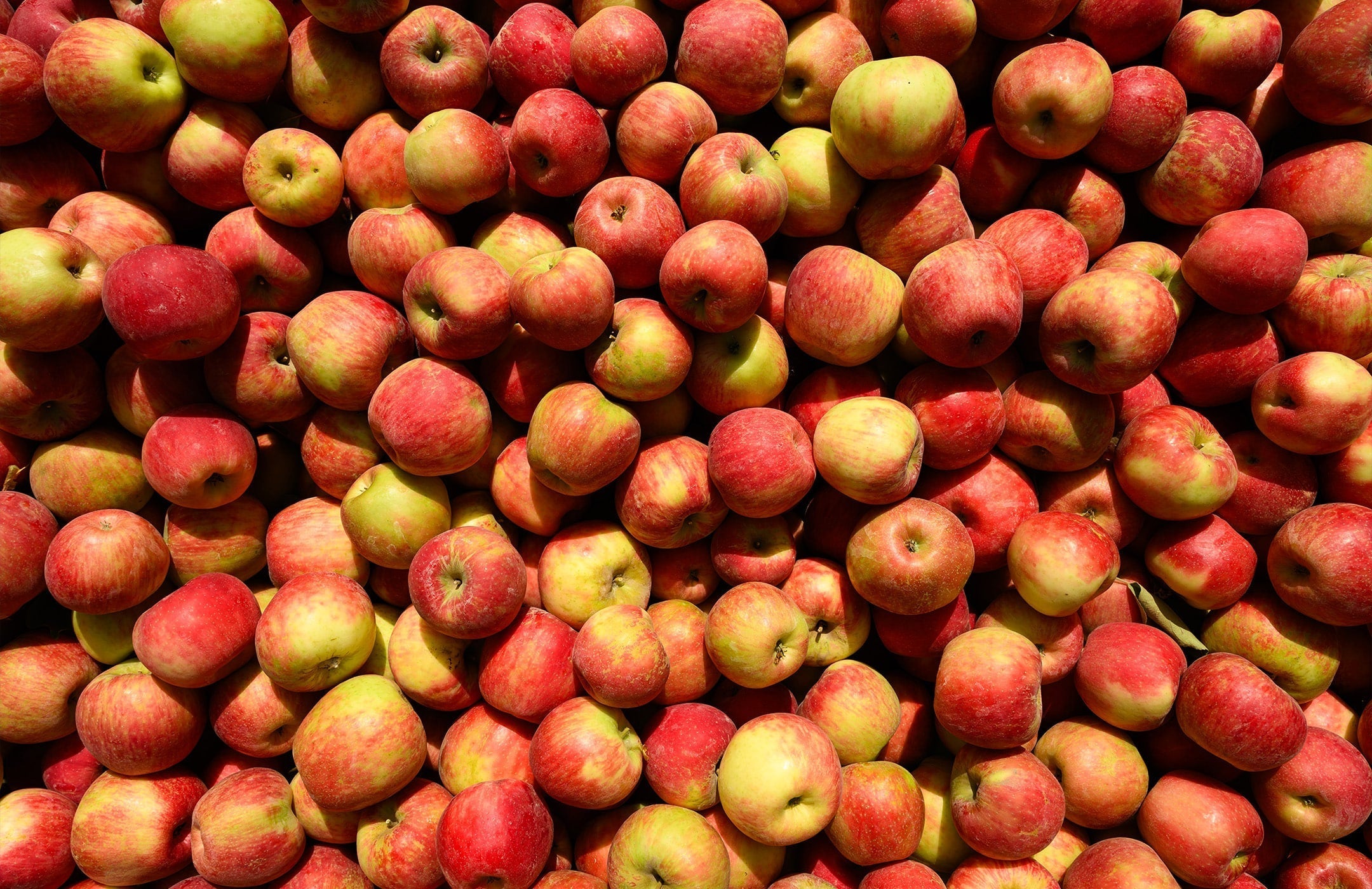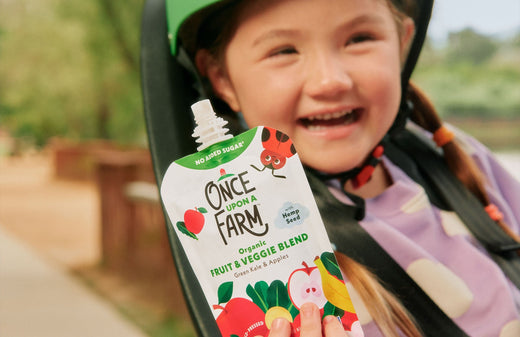Understanding Processed Foods

This blog is for informational purposes only and does not provide medical advice; see our full disclaimer for more information.
Figuring out which foods to feed our children (and ourselves), can feel overwhelming. While we might know on a basic level that the more processed a food is, the less beneficial it is for us nutritionally—what does that really mean? And how do we navigate making good choices for our families in a world where most foods are processed to some extent? Let’s explore and process this topic together.
What is unprocessed food?
As Registered Dietitian Nutritionist Alicia "Chacha" Miller, MS, RD, LDN explains, “Unprocessed food is generally understood as food in its most natural form, though there is no universally agreed-upon definition distinguishing unprocessed from minimally processed foods.”
Examples of Unprocessed Food
- Whole fruits
- Vegetables
- Raw nuts and seeds
- Certain legumes
- Milk (though Chacha does not recommend consuming milk in its raw, unpasteurized form)
Basically, unprocessed foods “have not been significantly altered beyond basic cleaning, separating, or packaging,” says Chacha, and can be consumed directly in their natural state.
What is minimally processed food?
“Minimally processed foods have undergone small changes that help improve their safety, shelf life, or ease of use, while still remaining close to their original form.” Chacha shares. Steps to minimally process a food could include rinsing, peeling, shelling, or pasteurizing. Think “Basic modifications that make the food more convenient to store or prepare without significantly changing its natural state” she continues.
Examples of Minimally Processed Food
- Washed and bagged salad greens
- Frozen or chopped fruits and vegetables
- Plain yogurt
- Dry-roasted nuts
- Dry beans
“These foods are everyday staples in many households because they offer both nutritional value and convenience,” says Chacha. Once Upon a Farm pouches and frozen meals are all made with minimally processed ingredients.
What is processed food?
Processed foods have been altered from their original state by adding ingredients like salt, sugar, or oil, or through techniques like cooking or canning. The goal of processing, Chacha explains, is usually to enhance flavor, shelf life, or convenience.
Examples of Processed Food
- Whole grain bread
- Salted nut butters
- Cheese
- Hummus
- Canned soups
- Cereals
“Many of these options provide essential nutrients in a way that is both practical and accessible for busy families.” Chacha shares. “Despite the negative buzz around processed foods, they can support a well-rounded diet and help families meet nutritional needs in ways that are manageable and realistic, especially when juggling the demands of everyday life.”
What is ultra-processed food?
To be considered ultra-processed, foods typically go through multiple states of processing or manufacturing. Chacha says, “This may include added ingredients like preservatives, flavor enhancers, stabilizers, or food coloring.” These foods, she continues, “are often formulated for convenience, visual appeal, consistent taste, and a longer shelf life.”
Ultra-processed foods are pretty easy to spot.
Examples of Ultra-Processed Food
- Snack cakes
- Boxed mac & cheese
- Sugary cereals
- Candy
- Soft drinks
- Processed meats
While, as Chacha explains, “these foods may offer fewer nutrients compared to less processed options,” she says, “they can still have a place in the context of an overall balanced diet.” So, no, you don’t need to avoid all ultra-processed foods, Chacha says. It’s about balance. “Ultra-processed foods can be part of the picture; it’s the overall pattern of eating that matters more,” she adds. “For many families, especially those juggling time, access, or budget challenges, convenient foods help get meals on the table. And that’s valid.”
How Parents Can Approach Processed Foods
Again, it’s about balance and variety. “If minimally processed foods are accessible and convenient for your family,” Chacha shares, “use those as the foundation, and incorporate more processed options as needed, whether it’s for ease, enjoyment, accessibility, or simply because your kid loves them.” Focus on providing meals that are both satisfying and nourishing. Chacha recommends avoiding food labels like ‘bad’ or ‘junk’. “Think less about perfection and restriction, and more about intention,” she says.
At the end of the day, when the meals have been served and your little one is fed, remember you’re helping to create healthy eating patterns that will hopefully last a lifetime. A not-so-healthy dessert isn’t going to break the system. Though you could always offer an O’Farm pouch instead. 🙂
More Blogs You Might Enjoy
-
![young girl eating an apple]()
What Vitamins and Minerals Do Kids Need?
Note: This blog is not medical advice and is...
Read blog -
![girl on bike, holding a Once Upon a Farm pouch]()
The Once Upon a Farm Standards
The O'Farm Standards Means Something We have high standards, and...
Read blog -
![assortment of evenly spaced sugar cubes on a pink background. one sugar cube is on a metal spoon]()
Added Sugar vs. Natural Sugar: “The Pediatrician Mom” Explains
Note: This blog is not medical advice and is for...
Read blog



